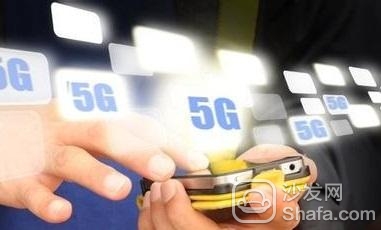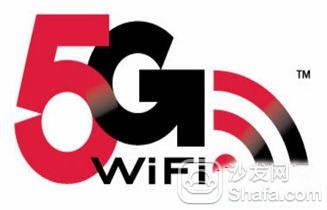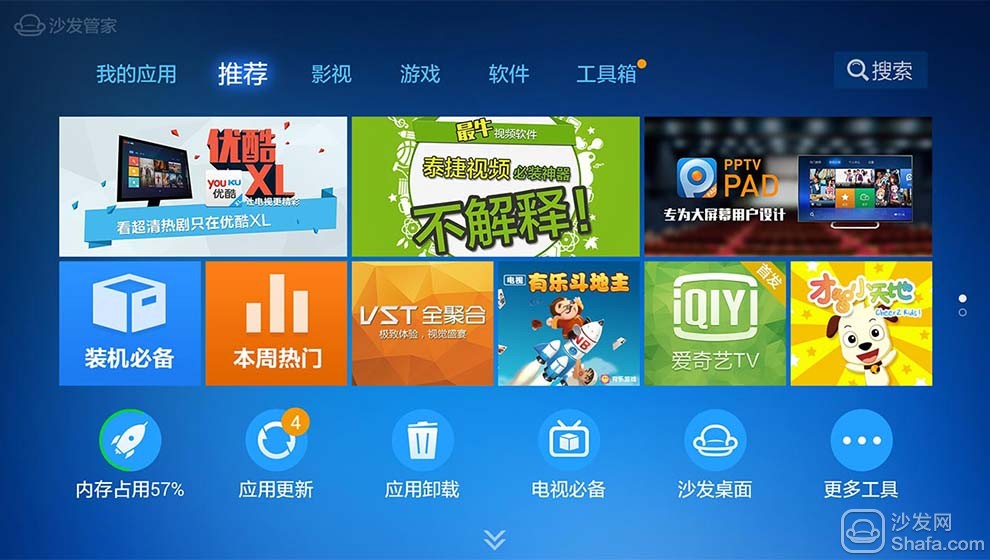Abstract: This is an era of “convergenceâ€. This is an era of “three-dimensional integration†– not only the integration of traditional media and emerging media, but also the deeper integration of ICT, and the underlying types of major types. The depth of network integration has also begun to emerge.
0 Preface
In this year's government work report, Premier Li Keqiang proposed for the first time the “Development of the Internet + Action Plan†to promote the integration of mobile Internet, cloud computing, big data, and Internet of Things with modern manufacturing, and promote the health of e-commerce, industrial Internet, and internet finance. Development, guide Internet companies to expand the international market."
Then, what is the long-term relationship between “Internet +†and the broadcasting and television network?

1. About Industrial Internet
From the “Development of the 'Internet +' Action Plan, promote the integration of mobile Internet, cloud computing, big data, internet of things, etc. with modern manufacturing, promote the healthy development of e-commerce, industrial Internet and Internet finance, and guide Internet companies to expand their international markets†Therefore, we can see that one of the purposes of “Internet Plus†is to “promote the healthy development of e-commerce, industrial Internet, and Internet financeâ€, which involves e-commerce, industrial Internet, and internet finance.
Further, we can see that China’s “Internet Plus†has three important development directions: Internet + Commerce, Internet + Industry, Internet + Finance.
Internet + industry has formed the "Industrial Internet."
From a horizontal perspective: Industrial Internet mainly includes mobile Internet + industry, cloud computing + industry, Internet of Things + industry, network crowdsourcing + industry, Internet business model + industry.
From a vertical perspective, the Industrial Internet emphasizes the deep integration of the Internet and various industries in cross-border, is a more advanced stage of the integration of the two, is the outcome and sign of deep integration of the two, and will be realized by the integration of the two. On the basis of product individuation, manufacturing service, process virtualization, etc., it greatly reduces industrial energy consumption and improves product quality. At the same time, the industrial Internet is one of the important development directions of the “Internet+â€.
2, the realization of the industrial Internet can not be separated from mobile, wireless, cloud
However, on the other hand, there are three main forces that drive future changes: mobile, broadband, and cloud (note that the “clouds†here include “clouds†and “fogsâ€: 1 The former “clouds†include both IT clouds, Including the CT cloud; 2 In early March of this year, the European Union has clearly defined “fog†as one of the key technologies for the future fifth-generation mobile communication systems. Today, all industries are driven by these three forces.
All in all, the triggering point for creating or leading a new round of scientific and technological revolutions and industrial changes is the historic opportunity brought by the development and application of mobile, broadband, cloud, wireless, and ubiquitous networks.
3. The strategic objectives of global 5G mobile communication system R&D are highly consistent with the strategic goals of the Industrial Internet.
If you pay close attention to the MWC 2015 (World Mobile Communications Conference 2015) in early March of this year, you will find that one of the unanimous consensuses reached by the global mobile communication industry regarding 5G is: To implement network slicing and to make future 5G mobile communications possible. Better penetrate into all industries.
We can see that this unanimous consensus is highly consistent with the development concept of the "Industrial Internet" and is even 100% seamless!
4. The radio and television network also participates in the research and development of global 5G mobile communication systems?

From the perspective of the development history and laws of global mobile communications, in the near future, 5G mobile communication systems will surely have globally uniform standards.
If you pay close attention to MWC 2015 (World Mobile Communications Conference 2015) in early March of this year, you will find that there is another unanimous consensus reached by the global mobile communication industry regarding 5G: the development of 5G mobile communication systems requires application requirements. The "seamless" synergy between the technical standards and technological innovations. Based on this concept, the development of the 5G mobile communication industry requires more open and cross-industry cooperation, leading to application-oriented standards and demand-driven innovation.
In addition, we can feel strongly that this is an era of “convergence†and this is an era of “three-dimensional integration†– not only the integration of traditional media and emerging media, but also the deepening integration of ICTs. , And the deep integration of the main types of underlying networks has also begun to emerge.
In addition, at present, 5G is still in the very early stage of research and development. Globally, the mobile communications industry has mainly faced the following three issues for the R&D of 5G:
(1) What is true 5G wireless mobile broadband communication and what is not 5G?
(2) What are the real 5G application scenarios?
(3) What do the future 5G wireless mobile broadband communications mean for mobile communication infrastructure network operators?
Therefore, the radio and television network industry (referred to as the global scope) cuts into 5G at this time, provides relevant requirements and even participates in research and development and standardization work, and still has great historical opportunities and feasibility.
In summary, radio and television networks (referring to the global scope) pay close attention to and even actively participate in the research and development and standardization of 5G mobile communication systems at this time, which is of great strategic significance and has certain feasibility.
Postscript: To achieve "Internet +", ICT infrastructure can not be separated from the further development, and CDN has become an important part of the national strategic public infrastructure, it is also inseparable from the further development of CDN technology and applications.

LTE CAT4/CAT6 Definition
The full name of LTE CAT is LTE UE-category, which is broken down to explain :LTE refers to 4G LTE network, UE refers to user equipment, and Category is translated as level. Smooth interpretation is the level of 4G LTE network transmission rate that user devices can support, which can also be said to be a technical standard for 4G network speed. Therefore, LTE CAT4/CAT6 means that the user device LTE network access capability level is 4 or 6.
Since the level is different, then its capabilities are certainly not the same, let's take a look at LTE CAT4/CAT6 affect what performance, respectively, what level. Simply put, LTE CAT affects the upper limit of 4G LTE uplink and downlink network speed, which is generally referred to as the maximum upload and download speed that a user device can achieve.
There are not only 4 and 6 levels in LTE CAT, but the table above is our list of currently known LTE CAT levels and the corresponding maximum transmission speed. Among them, LTE CAT4/CAT6 is also the current network transmission technology level of 4G mobile phones, while the faster CAT7 and CAT8 are still in the laboratory stage and have not been commercially developed.
Phones and chips that support LTE CAT4/CAT6
As far as the current 4G mobile phone market is concerned, most mobile phone products are CAT4 technology, and only a small number of new mobile phones use CAT6 technology, such as Huawei Honor 6, Samsung Galaxy S5 advanced version and LG G3 Cat6, and the concept of LTE CAT6 is proposed by Huawei Honor 6.
For the mobile phone LTE CAT4/CAT6 standard, it is directly linked to the mobile phone chip, or, if you know the processor of the mobile phone, you know which technology the mobile phone uses. For the current 4G mobile phone chips, only Huawei Kirin 920 and Qualcomm Snapdragon 805 processors for LTE CAT6, before this 4G chips are LTE CAT4, the future and Kirin 930, Qualcomm Snapdragon 808/810 will support LTE CAT6. Mediatek won't have LTE CAT6 chips until the second half of next year.
Qualcomm Snapdragon 805, 808, and 810 also support LTE CAT6
It is worth mentioning here that Qualcomm Snapdragon 805 and Kirin 920 are not the same in chip design, the LTE CAT6 baseband of Snapdragon 805 is an external Gobi MDM9x35, while Kirin 920 is a direct SoC integration, and the chip is integrated, this point Kirin 920 has ultra-high integration. It has certain advantages in power consumption and cost. As a leading international communications company, Huawei's strength can not be underestimated, but also the pride of our people.
The actual use value of LTE CAT6
Upload, download speed is our use of mobile Internet access the most concerned performance, but it should be clear that the LTECAT standard is the 4G transmission speed limit, and can not improve the transmission speed, in the operator's 4G network speed has not reached the next standard, simply raising the limit is meaningless. At present, the 4G networks of domestic operators are all LTE CAT4 standards, and the peak download speed is 150Mbps, but it is difficult to reach the upper limit of LTE CAT4 in practical applications, and even to reach 100Mbps is very difficult, so at this stage LTE CAT6 has no use value.
In terms of real life applications, LTE CAT6 is not as beautiful as we think. We can do a calculation, according to the formula 1MB/s=8Mbps, the maximum download speed of LTE CAT4 is 18.75MB/s, such a download speed, for 1080P video online playback has no pressure, even 4K online film source still can not occupy such a large bandwidth, So LTE CAT6 has no use either.
To sum up, LTE CAT6 does not have much use value at this stage, and the term is only a gimmick of manufacturers, until the operator 4G standard reaches LTE CAT6, I believe that LTE CAT6 equipment has long been popular. So as for whether the phone is LTE CAT4 or LTE CAT6, you don't have to care.
4G Cat4 Cpe,Mini Soho Portable 4G Cpe,4G Lte Router,4G Volte Router
Shenzhen MovingComm Technology Co., Ltd. , https://www.szmovingcomm.com
